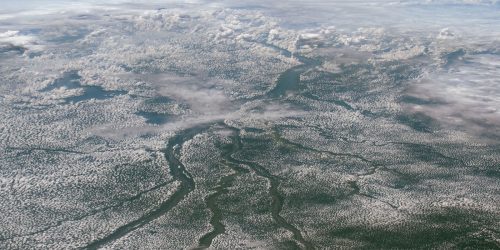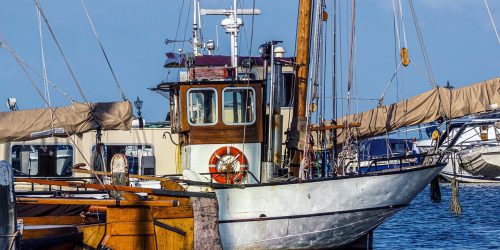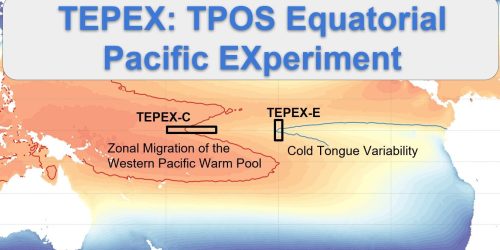The NOAA Atlantic Tradewind Ocean-atmosphere Mesoscale Interaction Campaign (ATOMIC) was an observation collection campaign in January and February 2020 which included the deployment of two autonomously piloted Wave Gliders and six surface current-following drifters in the northwestern tropical Atlantic. Small scale air-sea flux variability is difficult to capture in remote observations, so a new study, partially funded by the Climate Program Office’s Climate Variability & Predictability (CVP) Program, uses ATOMIC observations to improve our understanding on this smaller scale. Researchers from the University of Washington and NOAA’s Physical Sciences Laboratory, including CVP-funded scientists Elizabeth Thompson and Jim Thompson, analyzed ATOMIC data and found that gradients in sea surface temperature had the greatest influence on air-sea flux. The results, published in JGR Oceans, illustrate significant small scale variability in sea surface temperatures even in an area of open ocean away from larger scale circulating currents, emphasizing the importance of including fine scale gradients in larger ocean models. This study adds to the CVP-supported work using ATOMIC observations to achieve more accurate representation of key air-sea processes, reduce model errors, and improve predictions across various timescales.
ATOMIC Field Campaign Observations Used to Improve Understanding of Small Scale Air-Sea Fluxes











